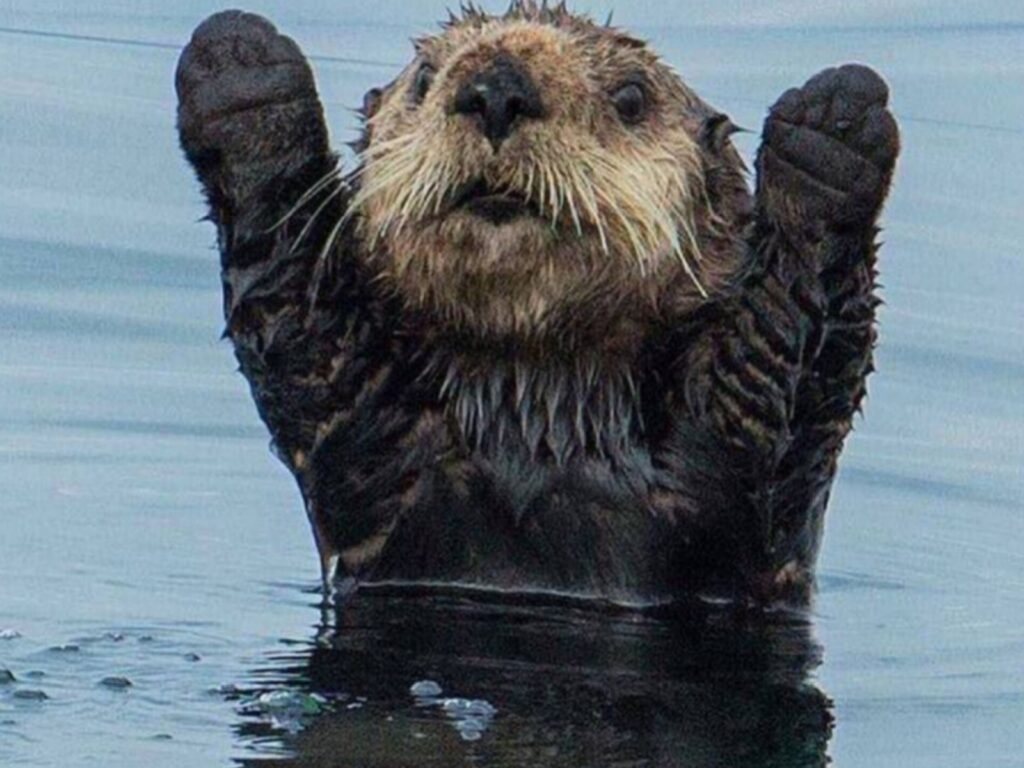When we think of fearsome predators, our minds often wander to far-off lands with lions, tigers, and bears. But here in the British Isles, we have their own cast of formidable hunters, even if they’re not quite as exciting at first glance as some of the larger, more exotic predators from far-off places. But our predators are just as mesmerizing and interesting in their own way. From the depths of the surrounding seas to the heights of Scottish mountains, these creatures keep the balance of Britain’s delicate ecosystems. Some may surprise you, while others might be familiar faces with hidden talents.
Golden Eagle
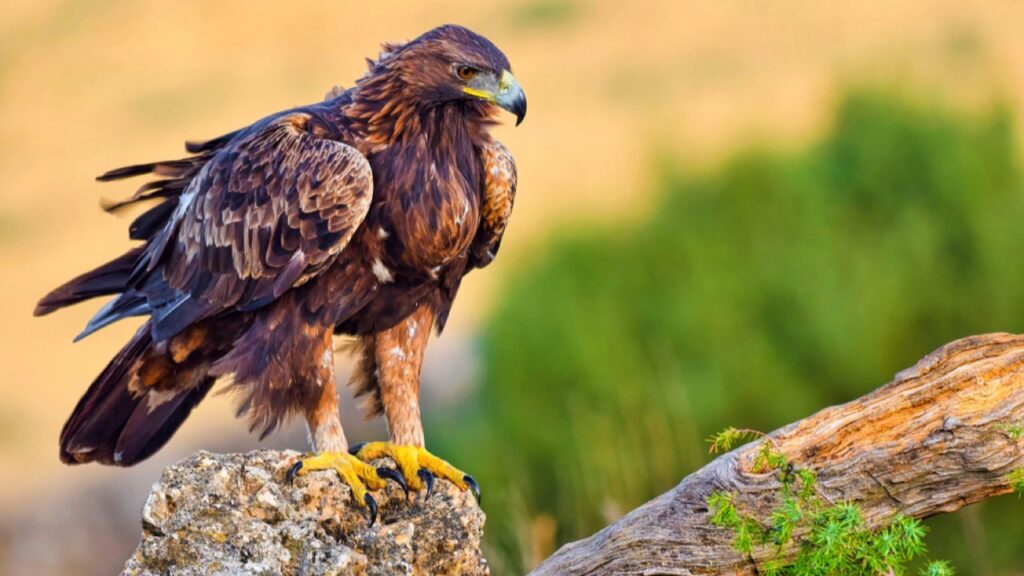
The golden eagle is one of Britain’s largest and most impressive birds of prey. With a wingspan reaching up to 2.2 meters, these majestic raptors soar over the Scottish Highlands in search of their next meal. They hunt a variety of prey, from rabbits and hares to young deer, using their keen eyesight and powerful talons to snatch victims from the ground. Golden eagles are known for their incredible aerial acrobatics during courtship displays.
Orca

Also known as killer whales, orcas are the largest members of the dolphin family and occasional visitors to British waters. These intelligent marine predators hunt in pods, using sophisticated communication and teamwork to take down prey much larger than themselves, including seals and even other whales. Orcas are apex predators, meaning they have no natural predators of their own in their ocean habitat. My friend is lucky enough to live on in the very highest reaches of the Scottish Isles and gets to see these stunning creatures regularly.
European Badger
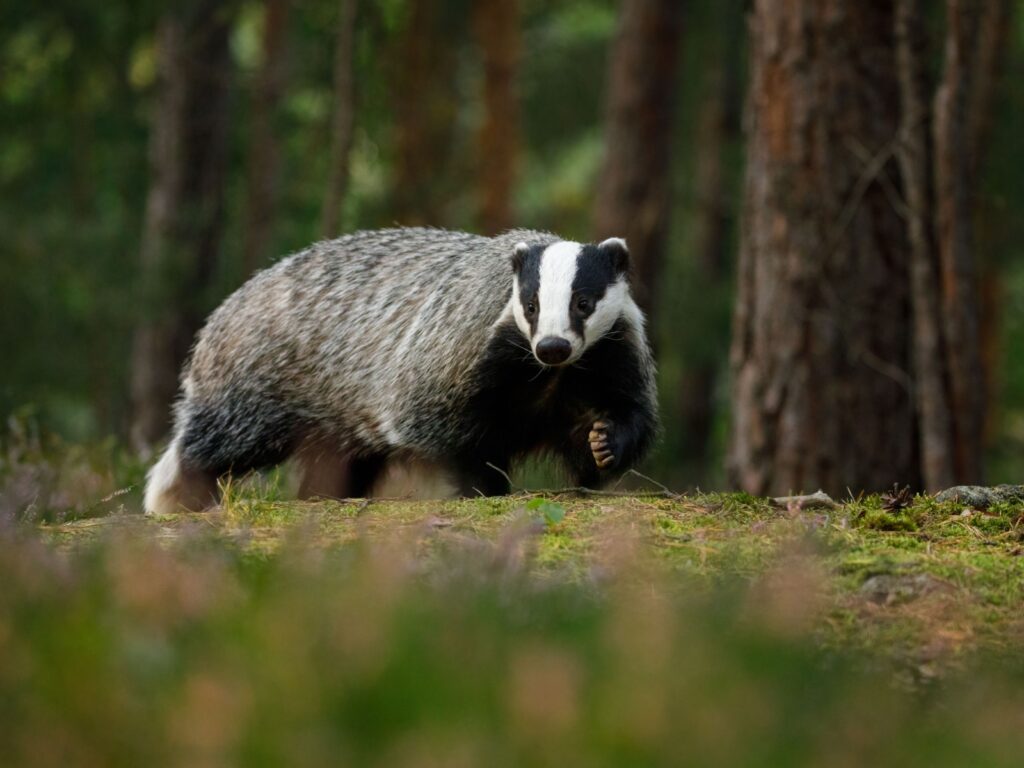
The European badger might look cute and cuddly, but it’s actually a formidable predator. These striped mammals use their powerful claws to dig for earthworms, their primary food source, but they won’t hesitate to eat small mammals, birds, and even snakes. Badgers live in complex underground societies called setts and are known for their strength and tenacity.
Red Fox

The red fox is one of Britain’s most adaptable predators, found in both rural and urban environments. These cunning canines have a varied diet, hunting everything from rabbits and rodents to birds and insects. Foxes are known for their intelligence and problem-solving abilities, which help them thrive even in busy cities. Their distinctive bushy tails and pointed ears make them easily recognizable.
Eurasian Lynx
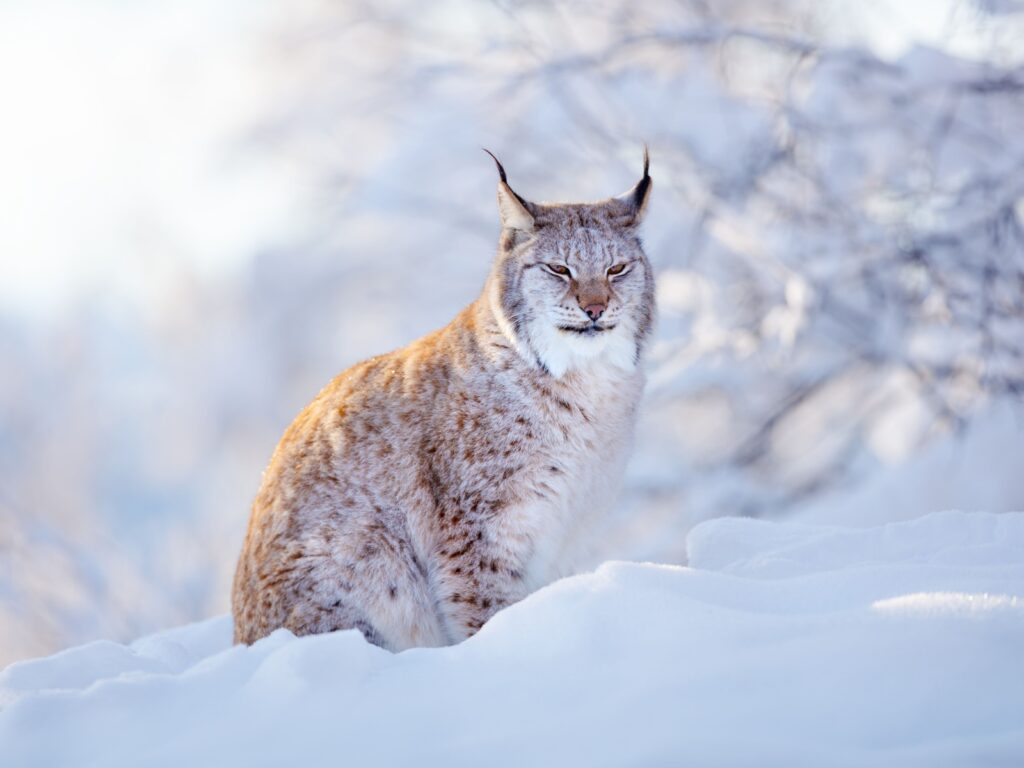
While currently extinct in the wild in Britain, there are ongoing efforts to reintroduce the Eurasian lynx to parts of Scotland. These medium-sized wildcats are stealthy hunters, primarily targeting deer and other small to medium-sized mammals. Lynx have distinctive tufted ears and are known for their ability to silently stalk prey through dense forests.
Pike
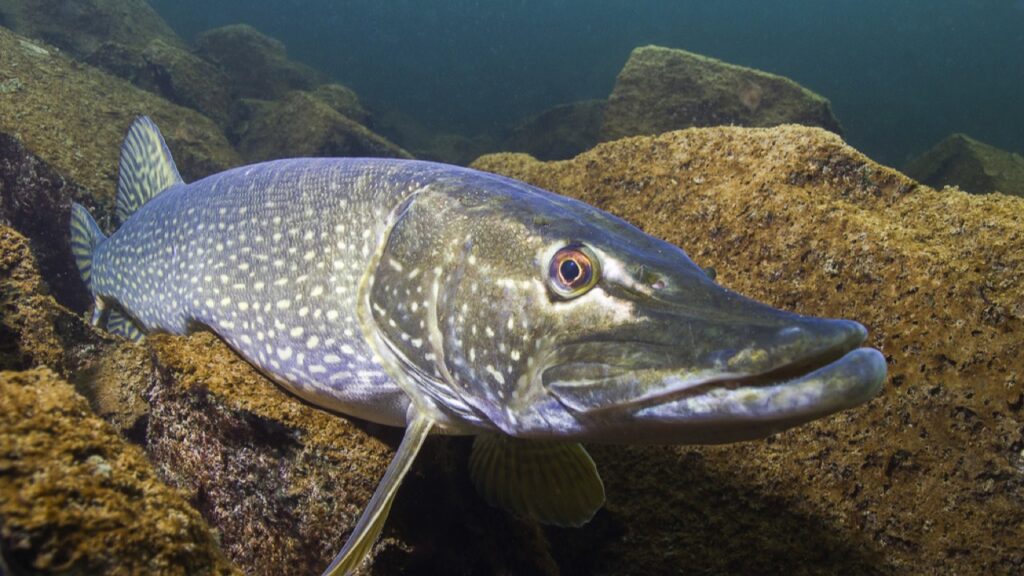
The pike is a freshwater fish with a fearsome reputation. With its long, torpedo-shaped body and rows of sharp teeth, the pike is perfectly adapted for ambush hunting in Britain’s rivers and lakes. These voracious predators will eat almost anything they can catch, including other fish, frogs, and even small mammals or birds that venture too close to the water’s edge.
Peregrine Falcon
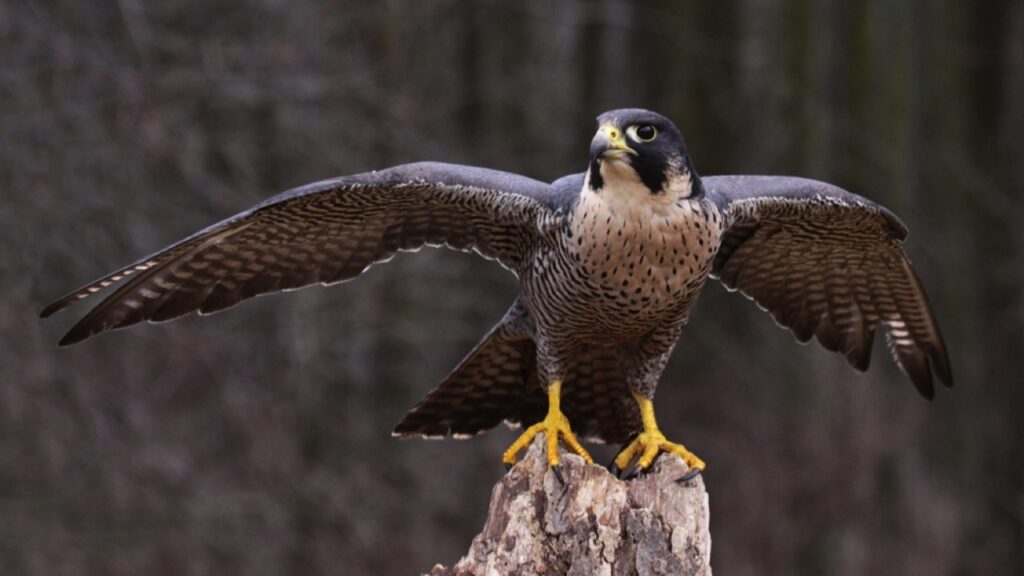
Peregrine falcons are the fastest animals on Earth, capable of reaching speeds over 240 mph during hunting dives called stoops. These agile birds of prey nest on cliff faces and tall buildings across Britain, hunting pigeons and other birds in mid-air. Their incredible speed and precision make them one of nature’s most impressive aerial hunters.
European Adder
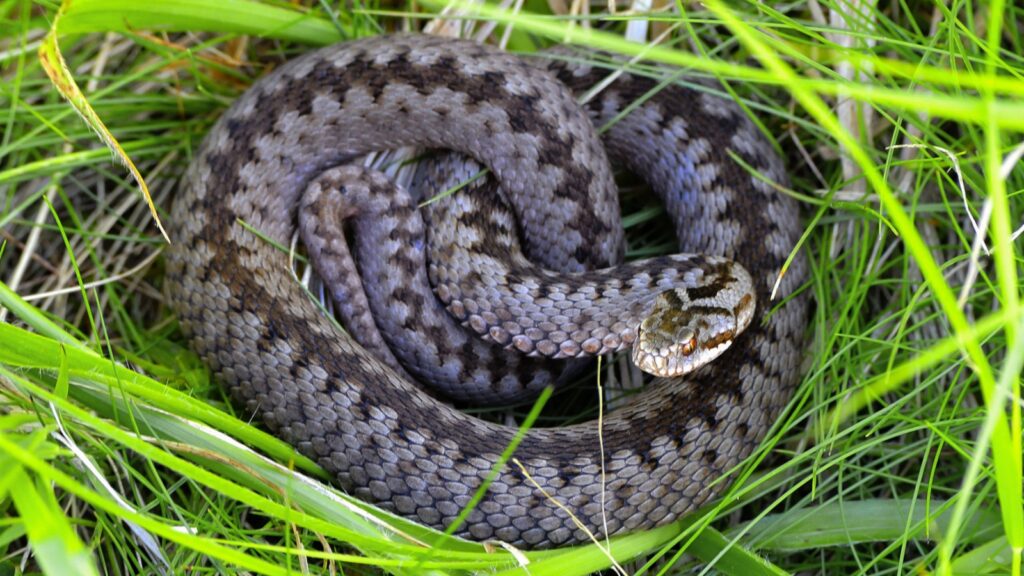
The European adder is Britain’s only venomous snake. While not typically aggressive, these snakes use their venom to immobilize prey such as small mammals and lizards. Adders have a distinctive zigzag pattern along their backs and are usually found in woodland, heathland, and moorland habitats. They play an important role in controlling rodent populations.
Grey Seal

Grey seals are skilled hunters in British coastal waters. These large marine mammals can dive to depths of 70 meters or more in search of fish, squid, and octopuses. Male grey seals can weigh up to 300 kg and are known for their distinctive “Roman” noses. They’re often seen hauled out on rocky shores or sandy beaches between hunting trips.
Stoat
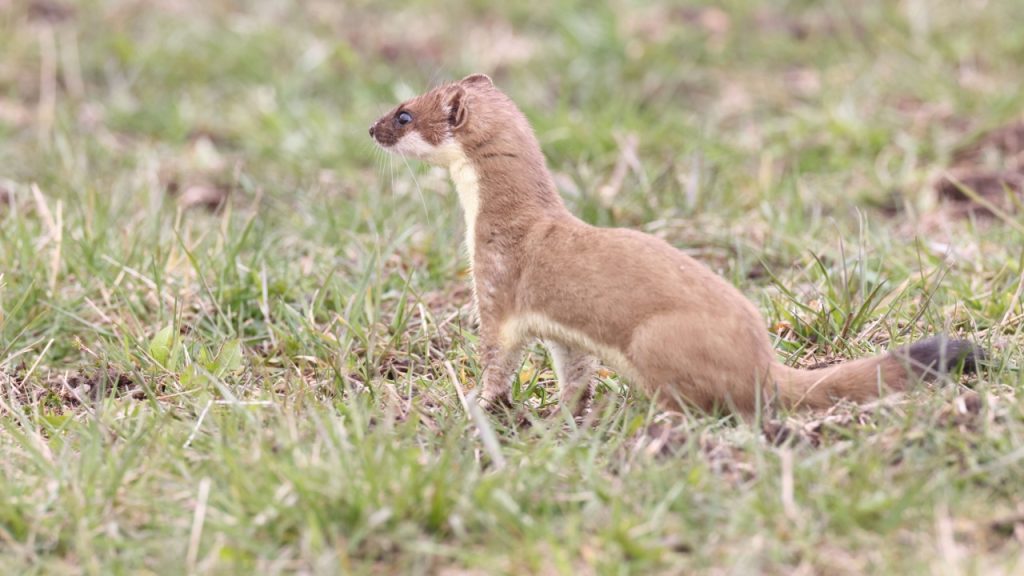
The stoat, also known as the short-tailed weasel, is a small but fierce predator. Despite their size, stoats are capable of taking down rabbits many times their own weight. They’re known for their speed and agility, as well as their distinctive black-tipped tails. In winter, stoats in northern parts of Britain may turn white, earning them the name “ermine.”
Barn Owl
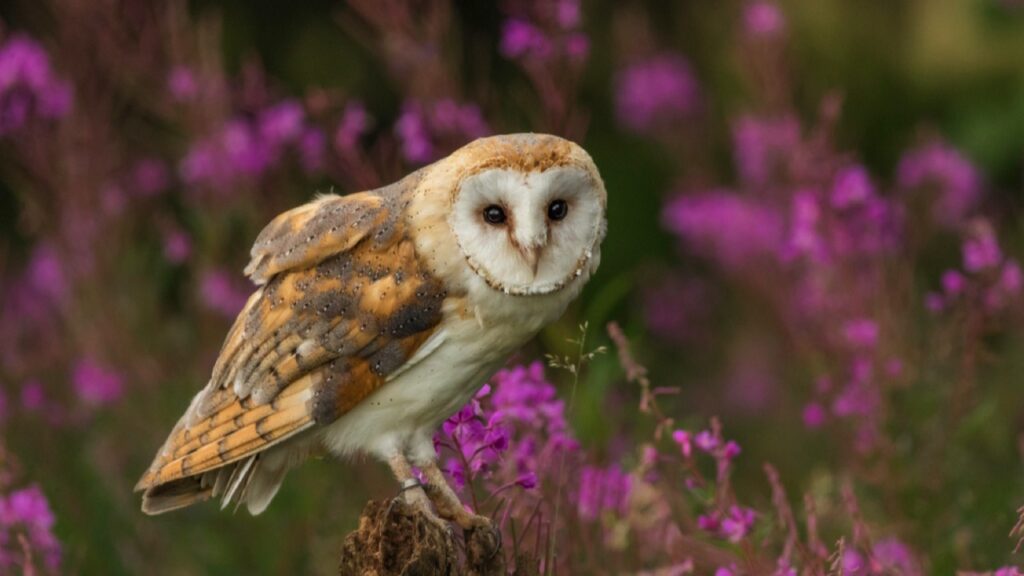
With their heart-shaped faces and silent flight, barn owls are efficient nighttime hunters. They primarily feed on small mammals like voles and mice, using their exceptional hearing to locate prey in total darkness. Barn owls can often be seen gliding low over fields and grasslands at dusk, their pale plumage ghostly in the fading light.
Scottish Wildcat
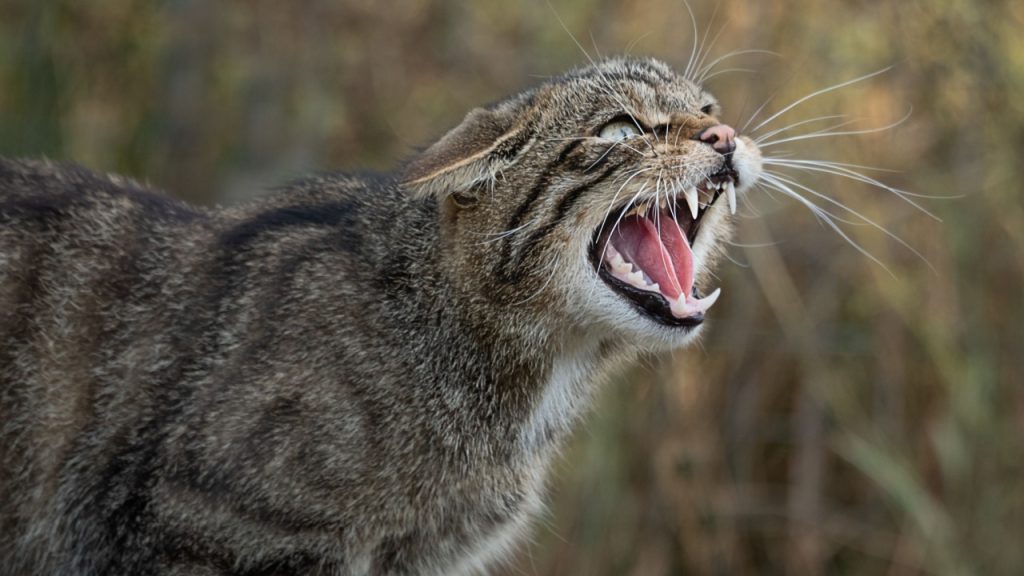
Often called the “Tiger of the Highlands,” the Scottish wildcat is Britain’s only remaining native wild feline. These elusive predators resemble large, muscular tabby cats but are purely wild animals. They hunt a variety of prey, including rabbits, rodents, and birds. Sadly, Scottish wildcats are critically endangered due to habitat loss and interbreeding with domestic cats.
Otter
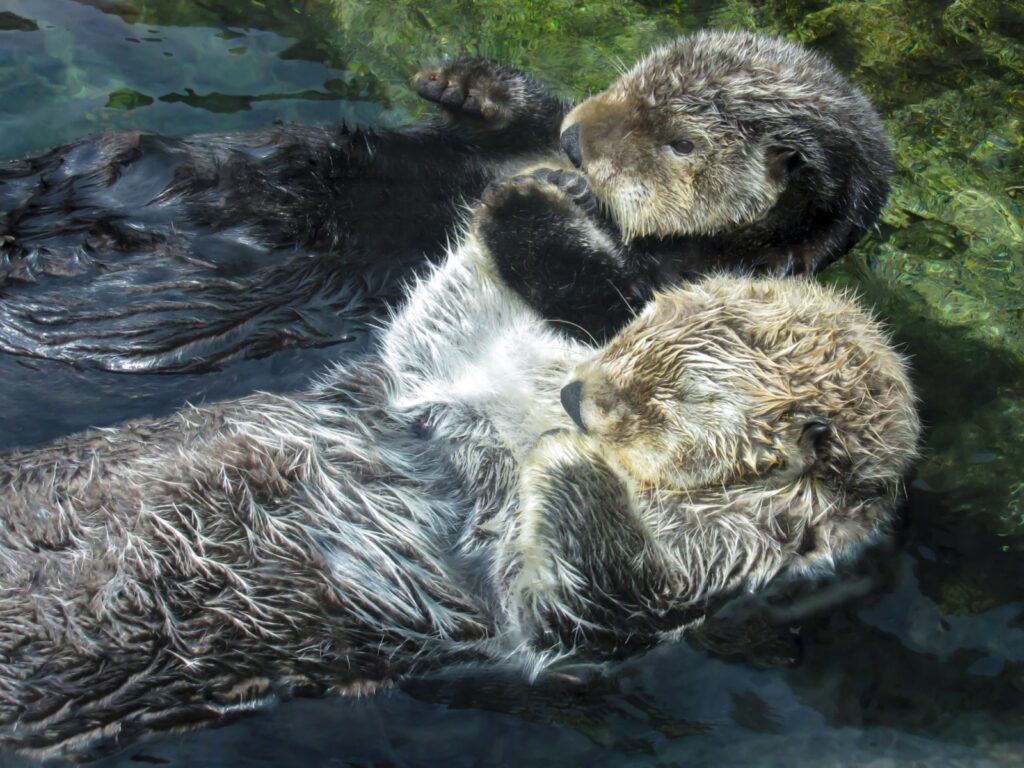
Otters are playful-looking but skilled aquatic predators found in Britain’s rivers and coastal areas. They have webbed feet and dense fur that helps them swim efficiently in search of fish, their primary prey. Otters also eat crustaceans, amphibians, and occasional water birds. Their return to many British waterways is seen as a sign of improving water quality.
Hedgehog
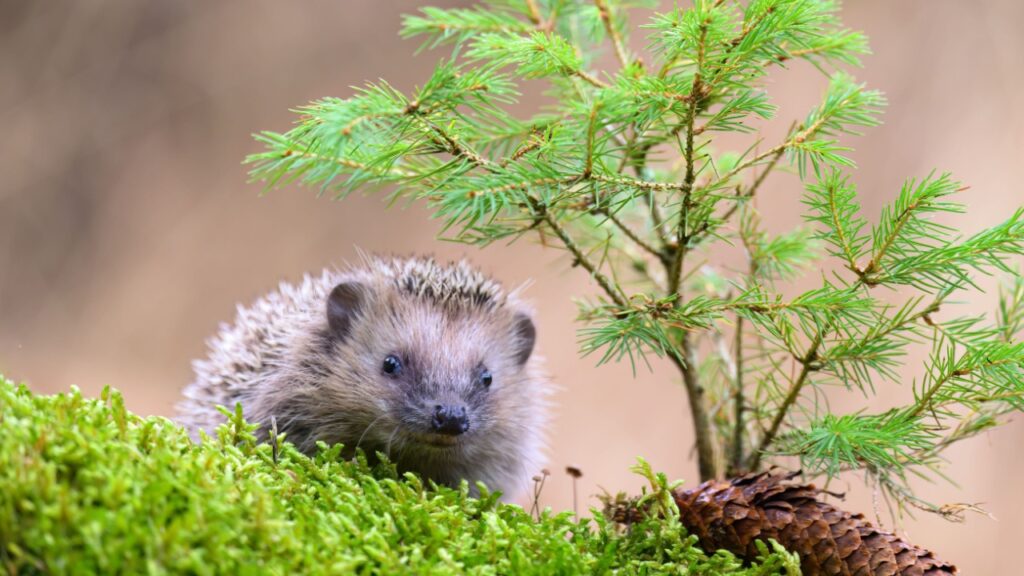
While they might not look fierce, hedgehogs are actually effective predators. These spiny mammals primarily eat insects, snails, and slugs, helping to control garden pests. They have a keen sense of smell and can be surprisingly quick when hunting. Hedgehogs are nocturnal and are often welcome visitors to British gardens, where they play an important role in the ecosystem.

